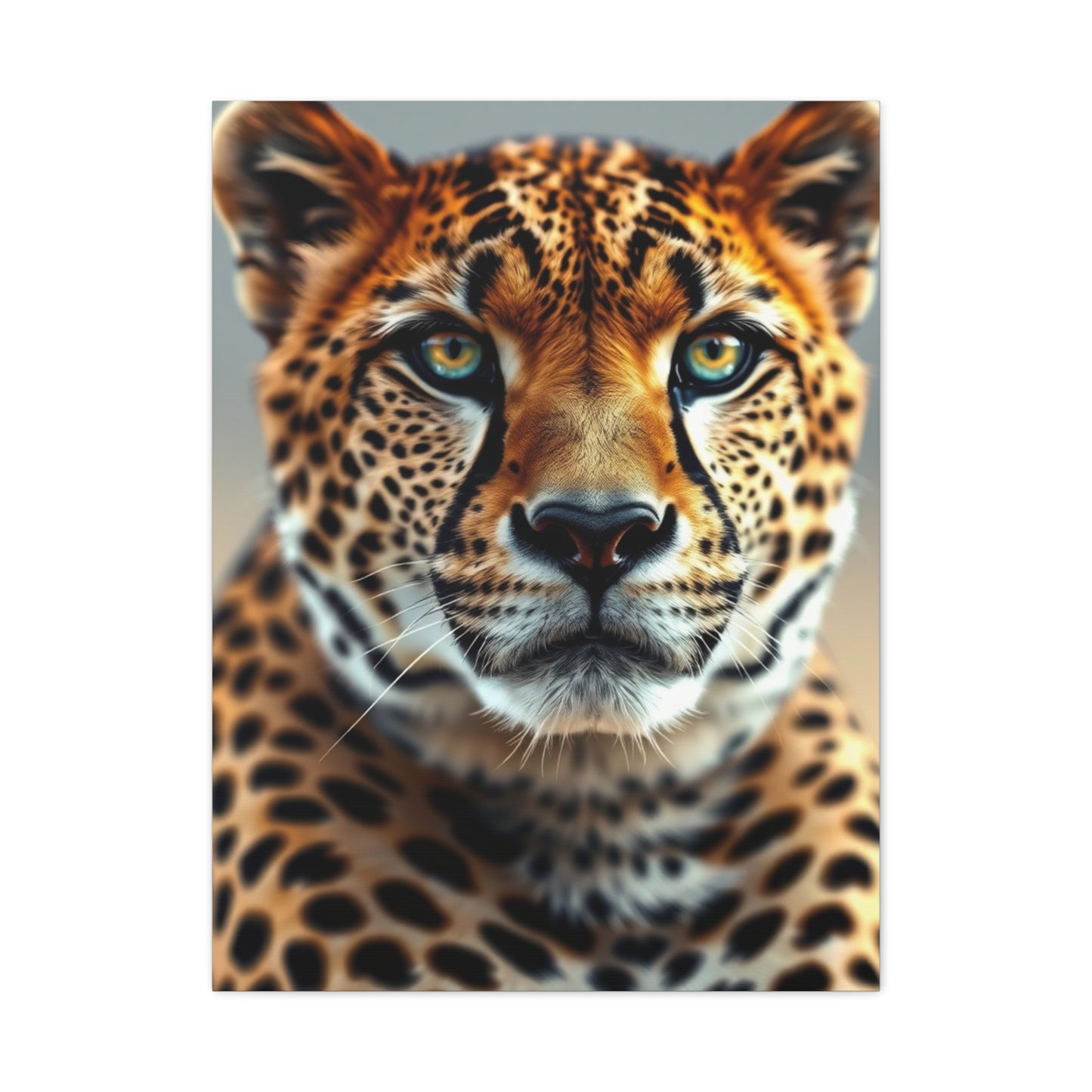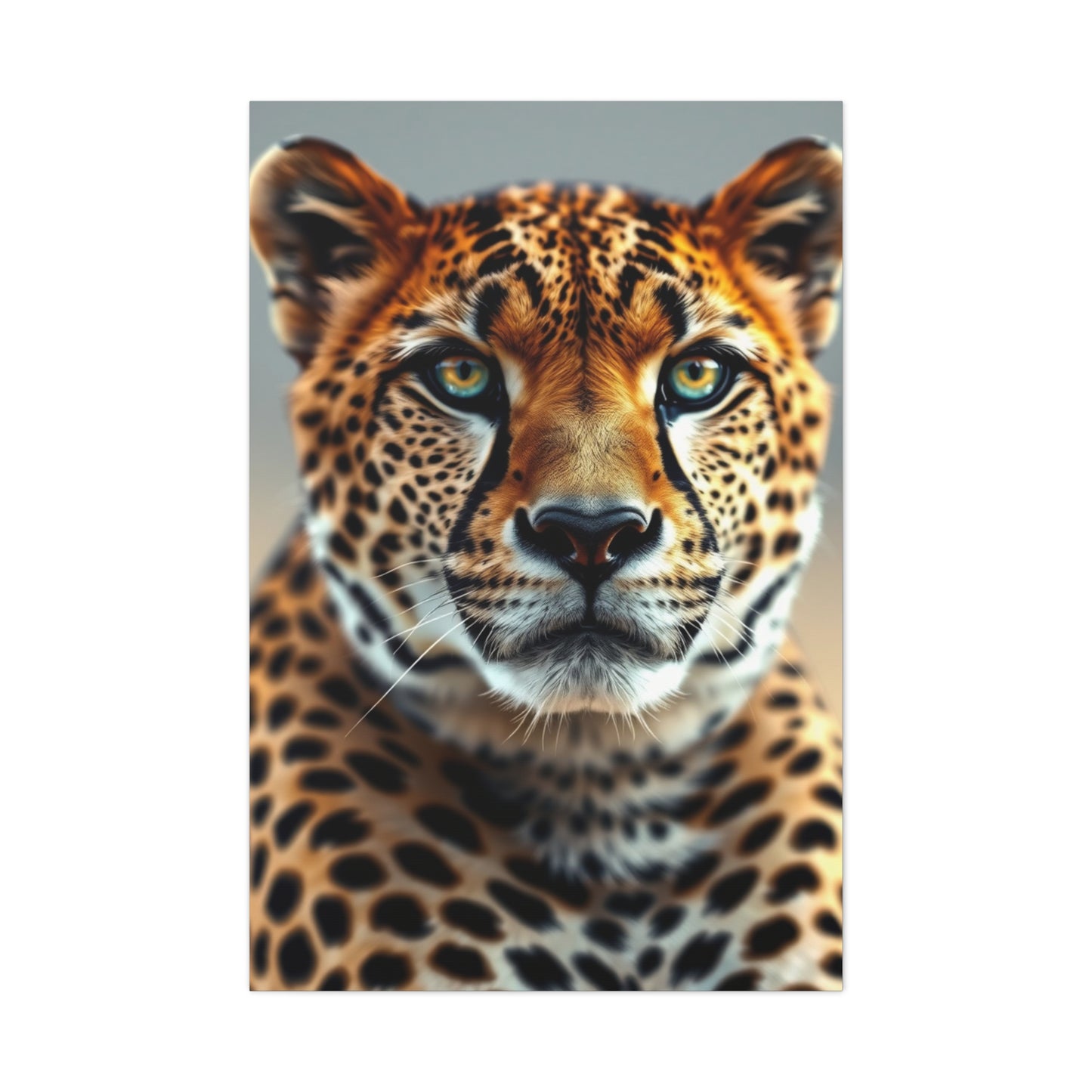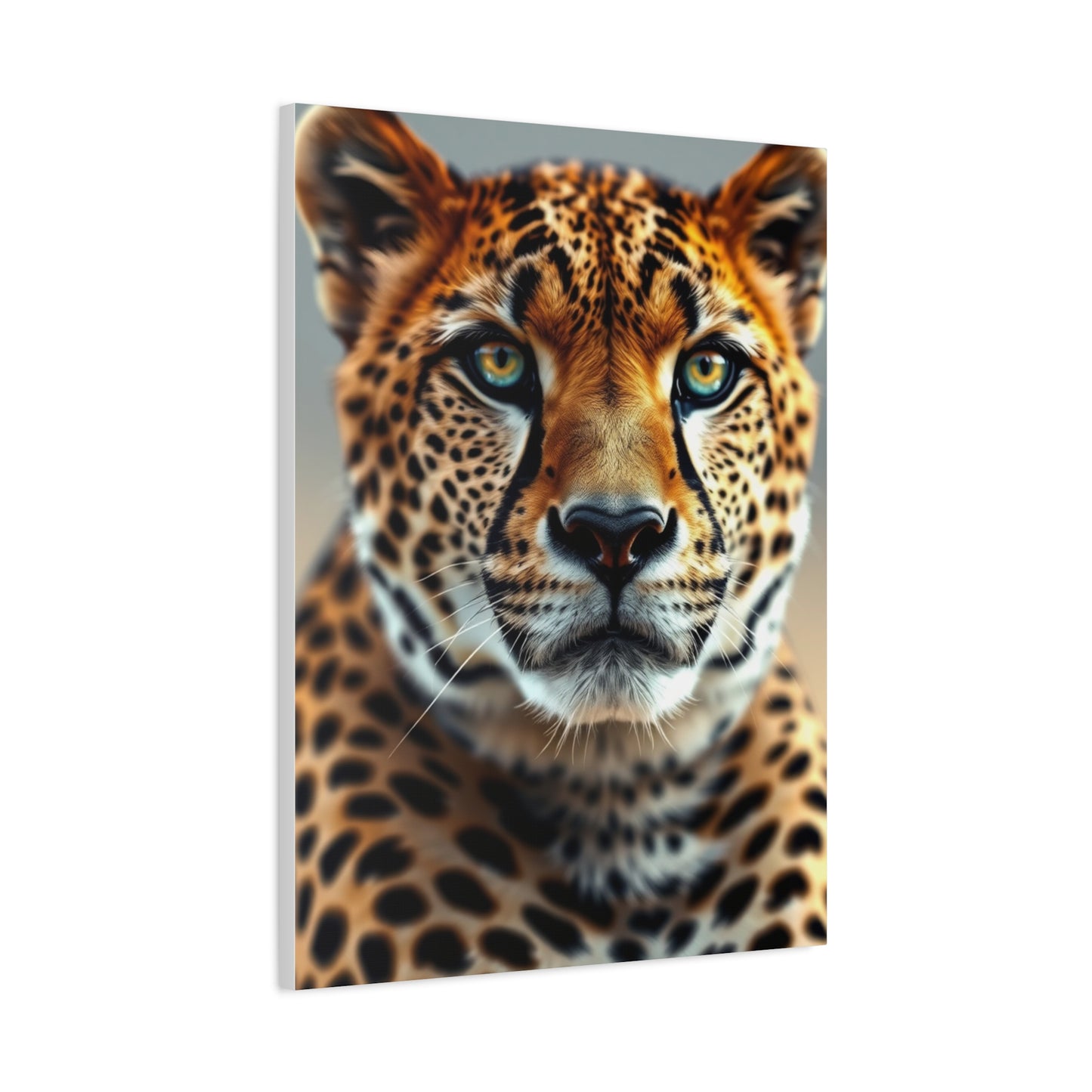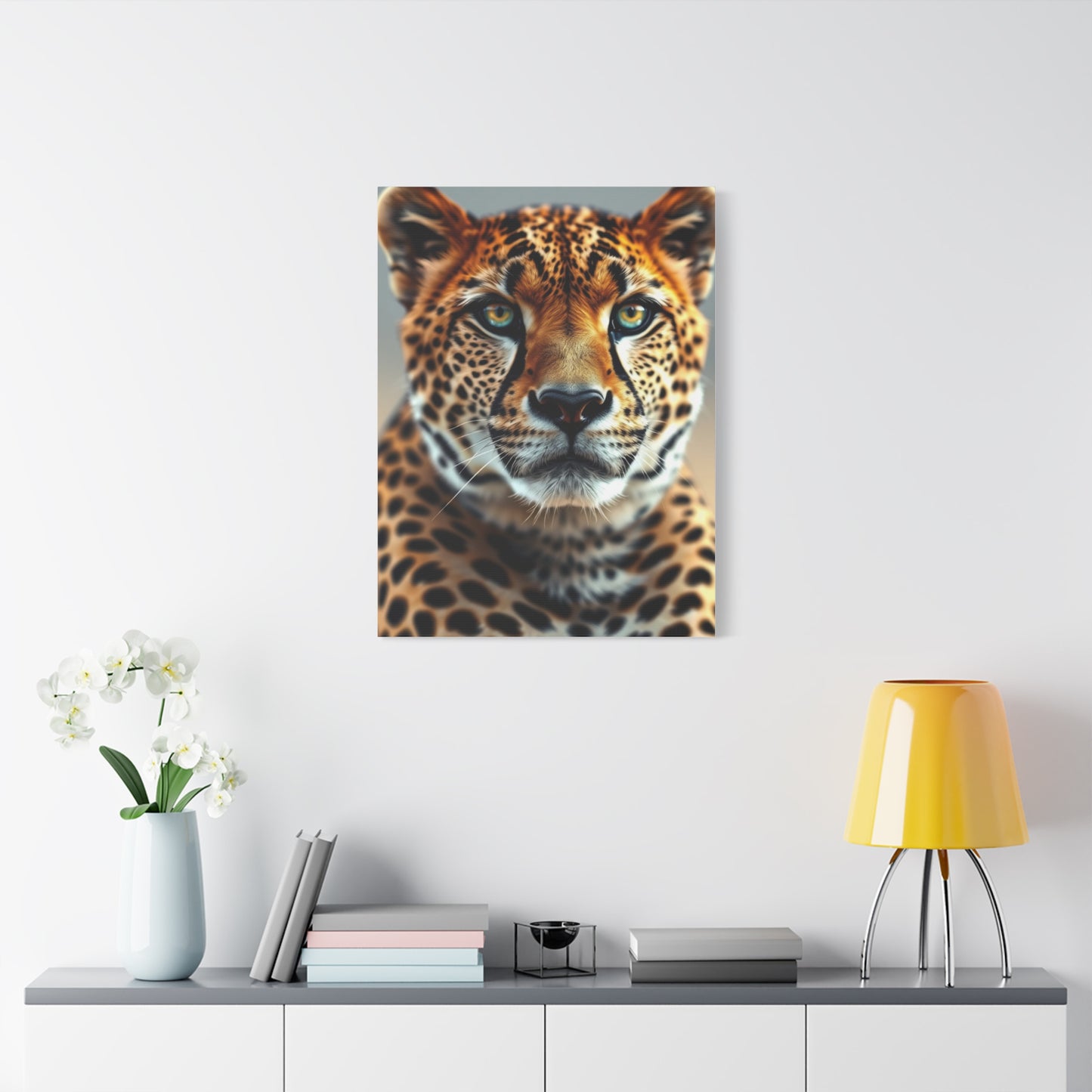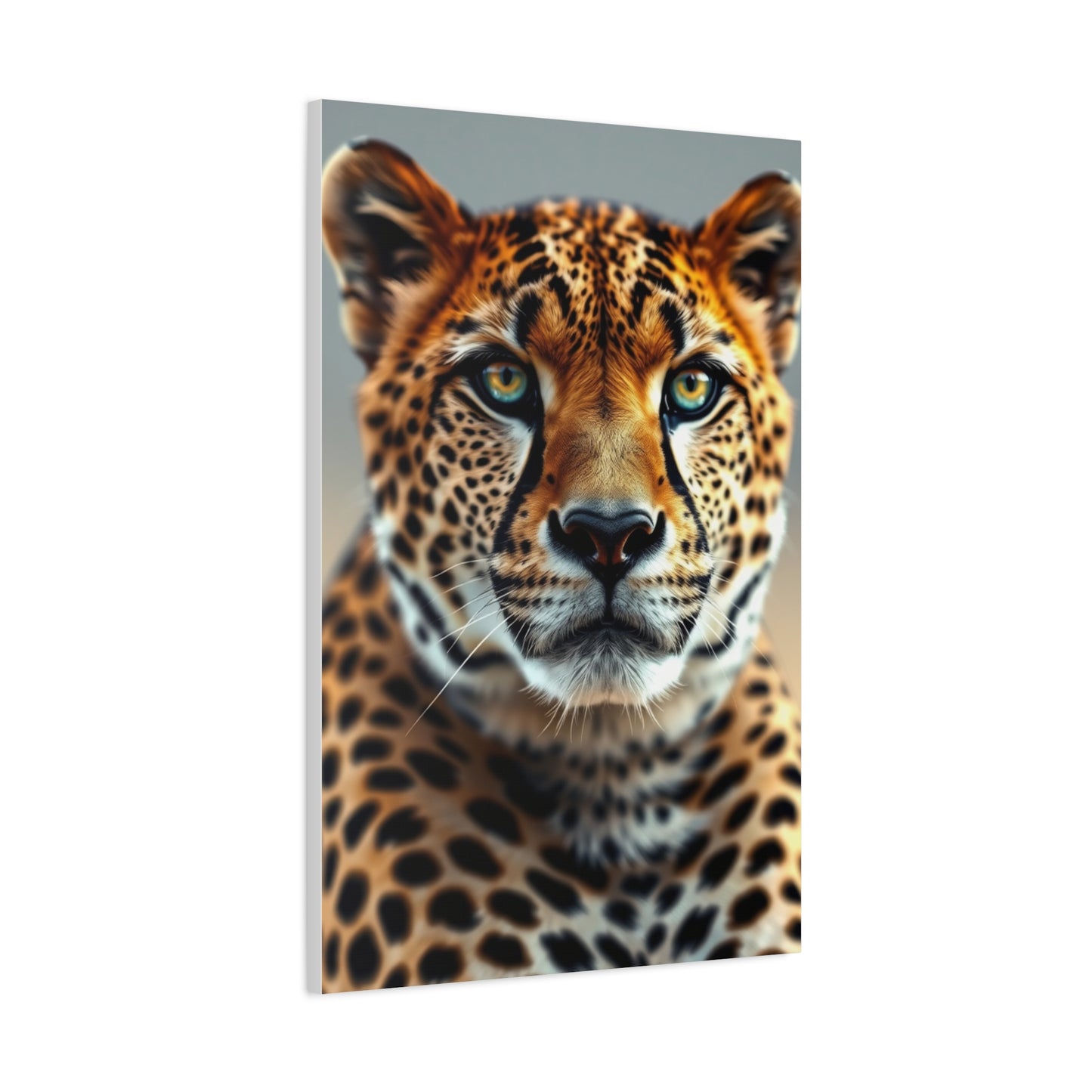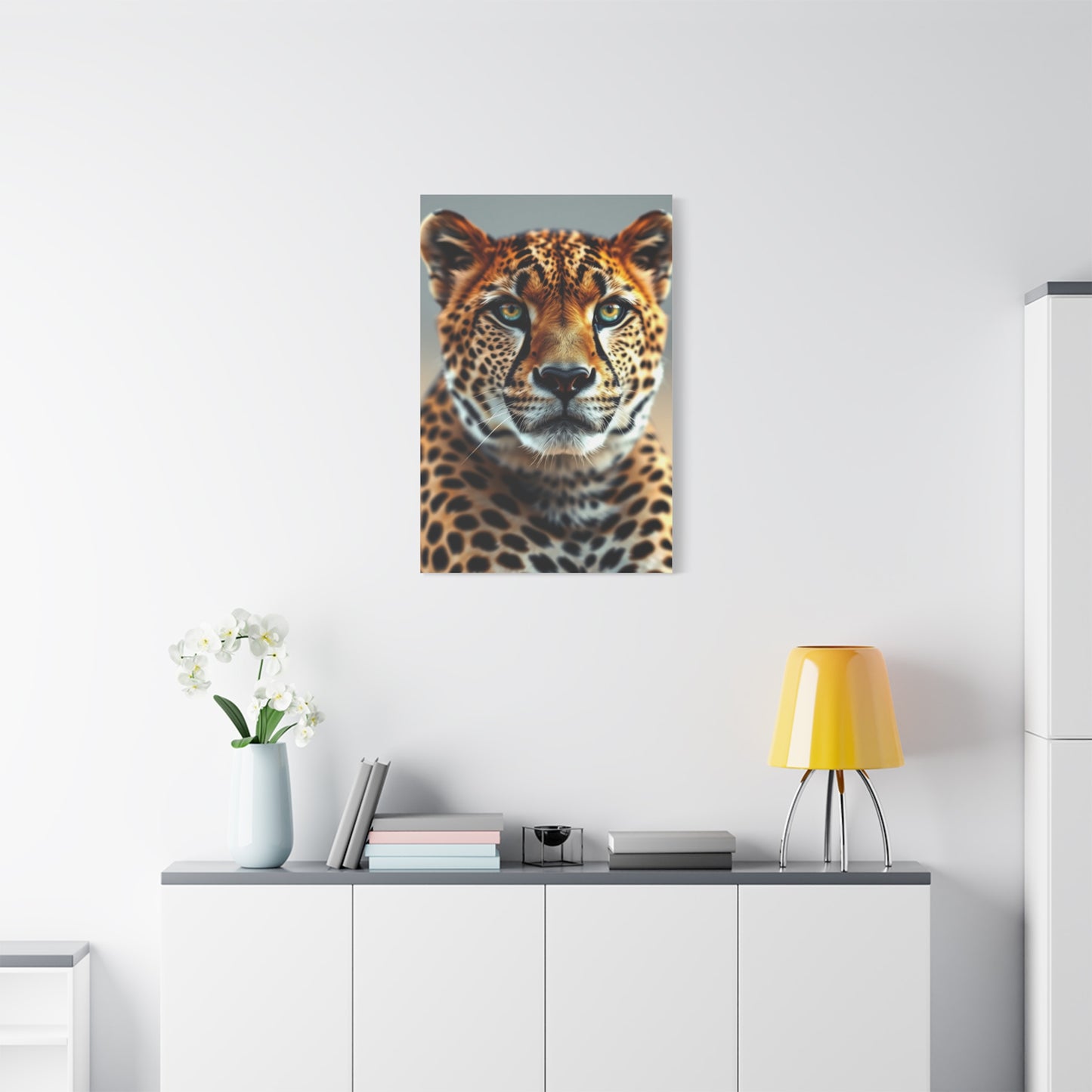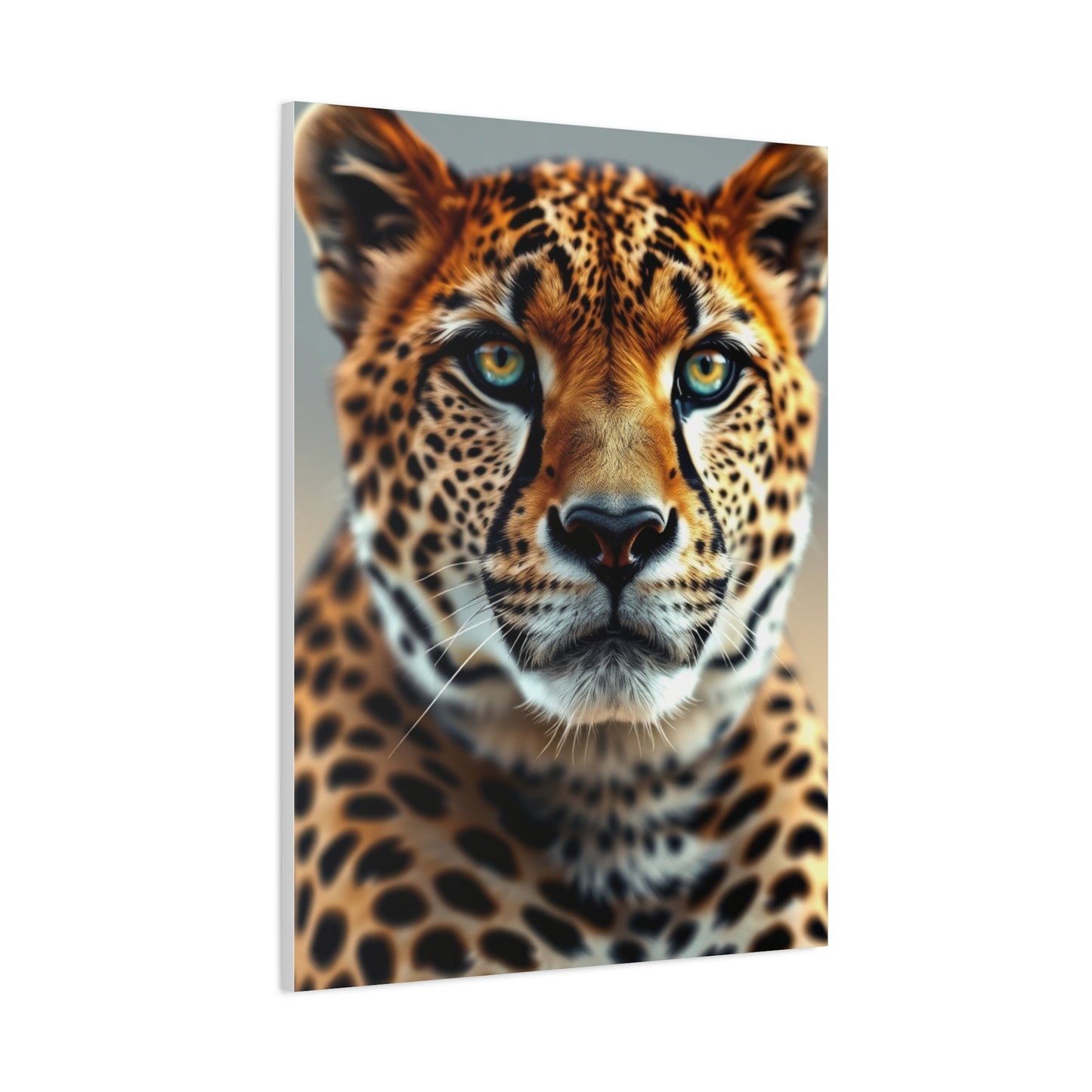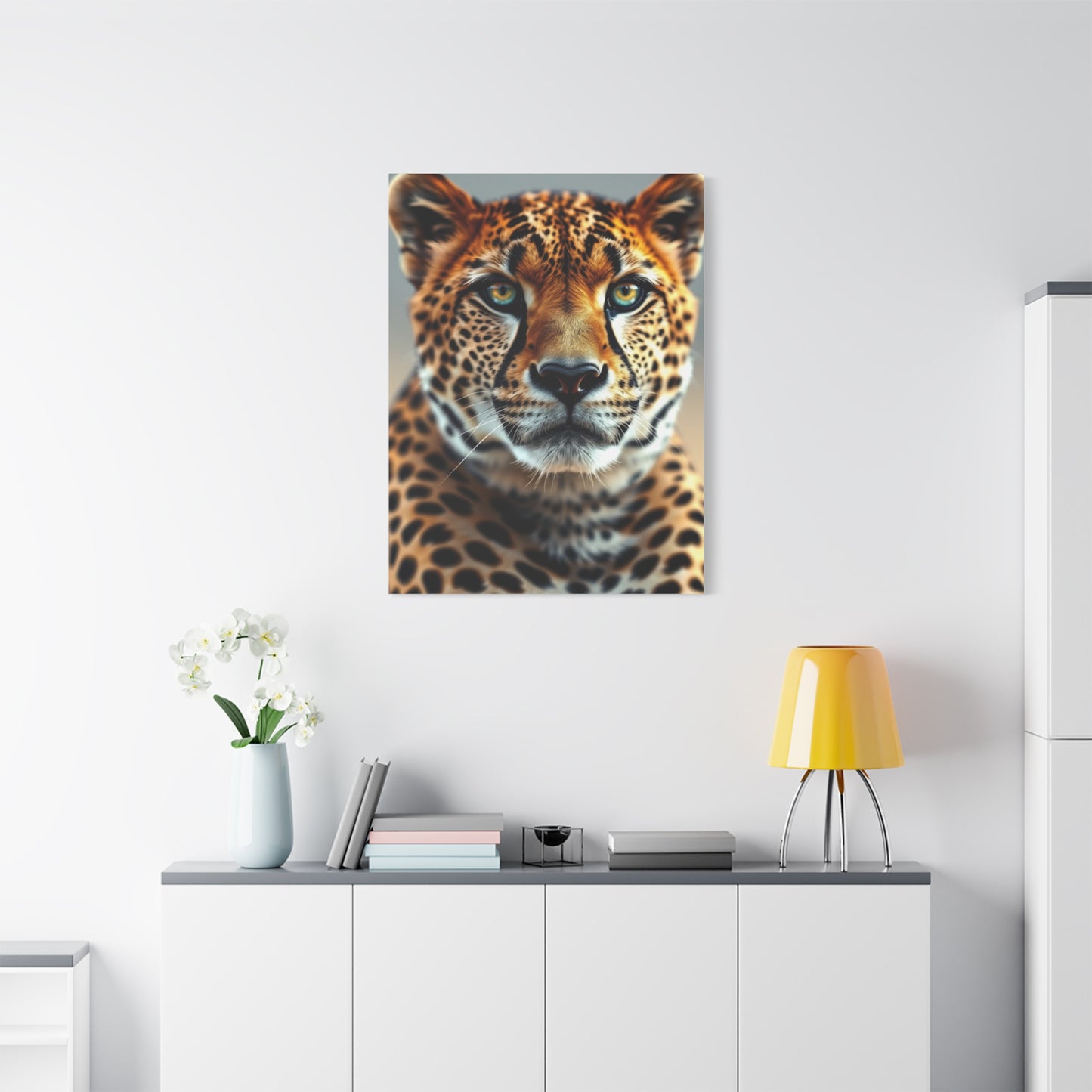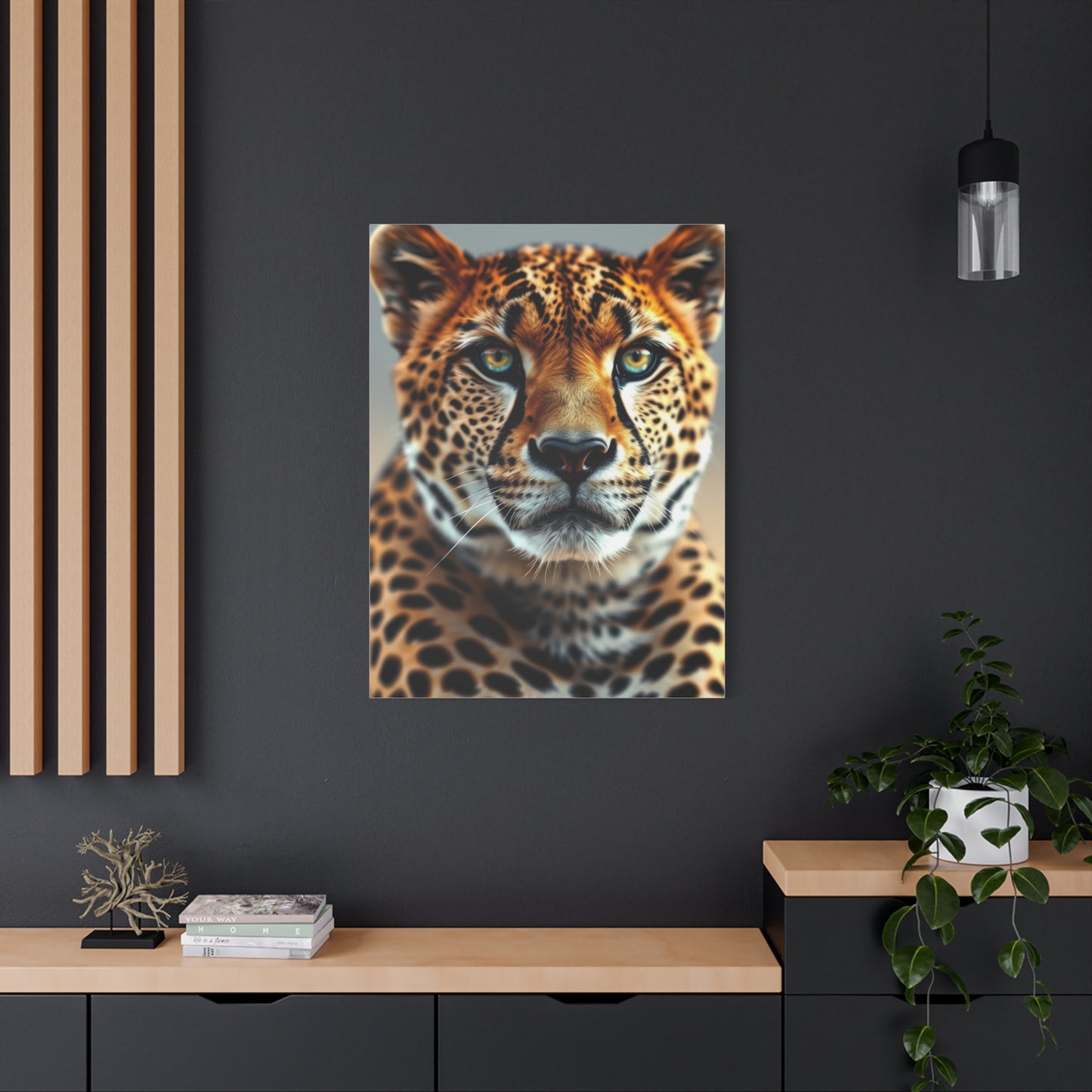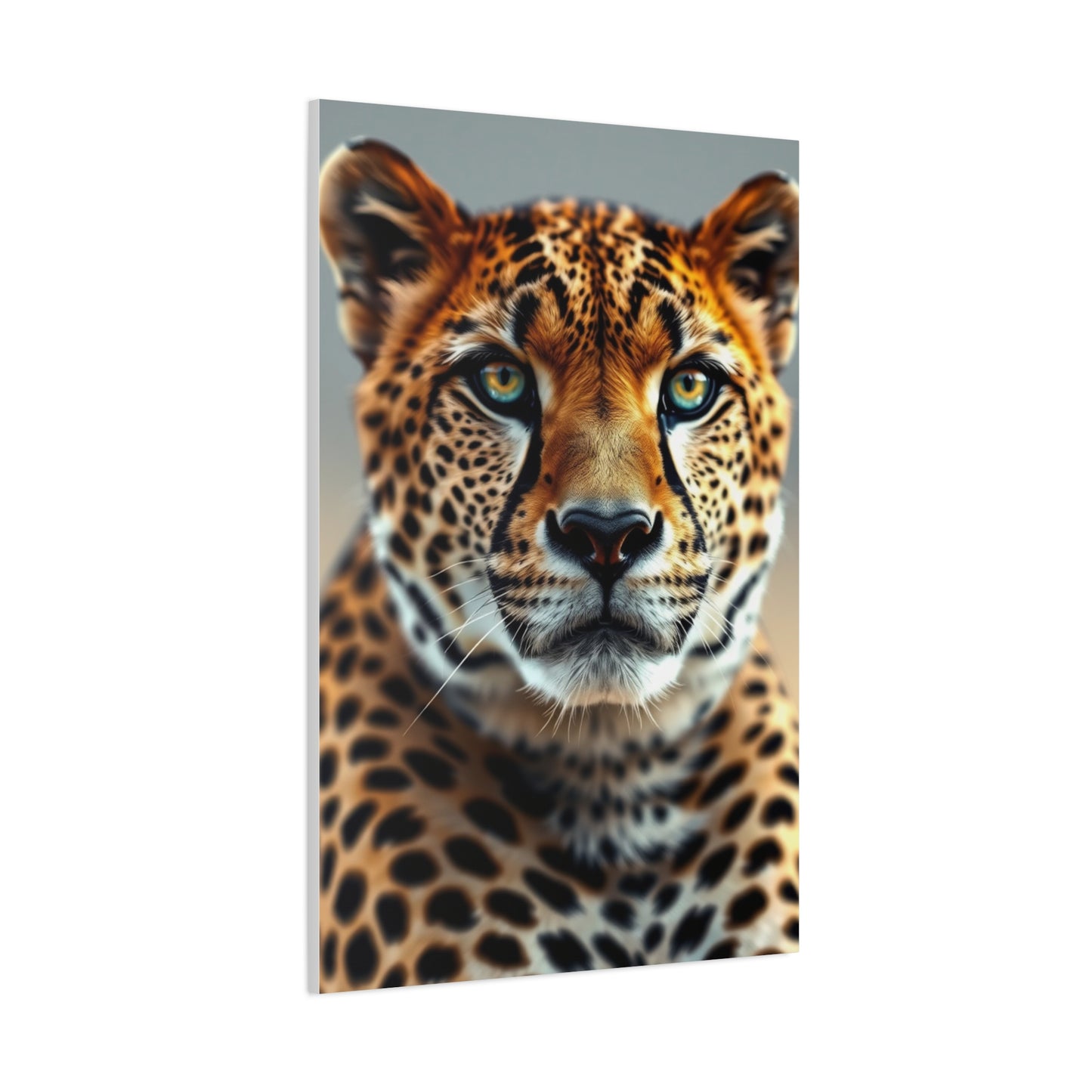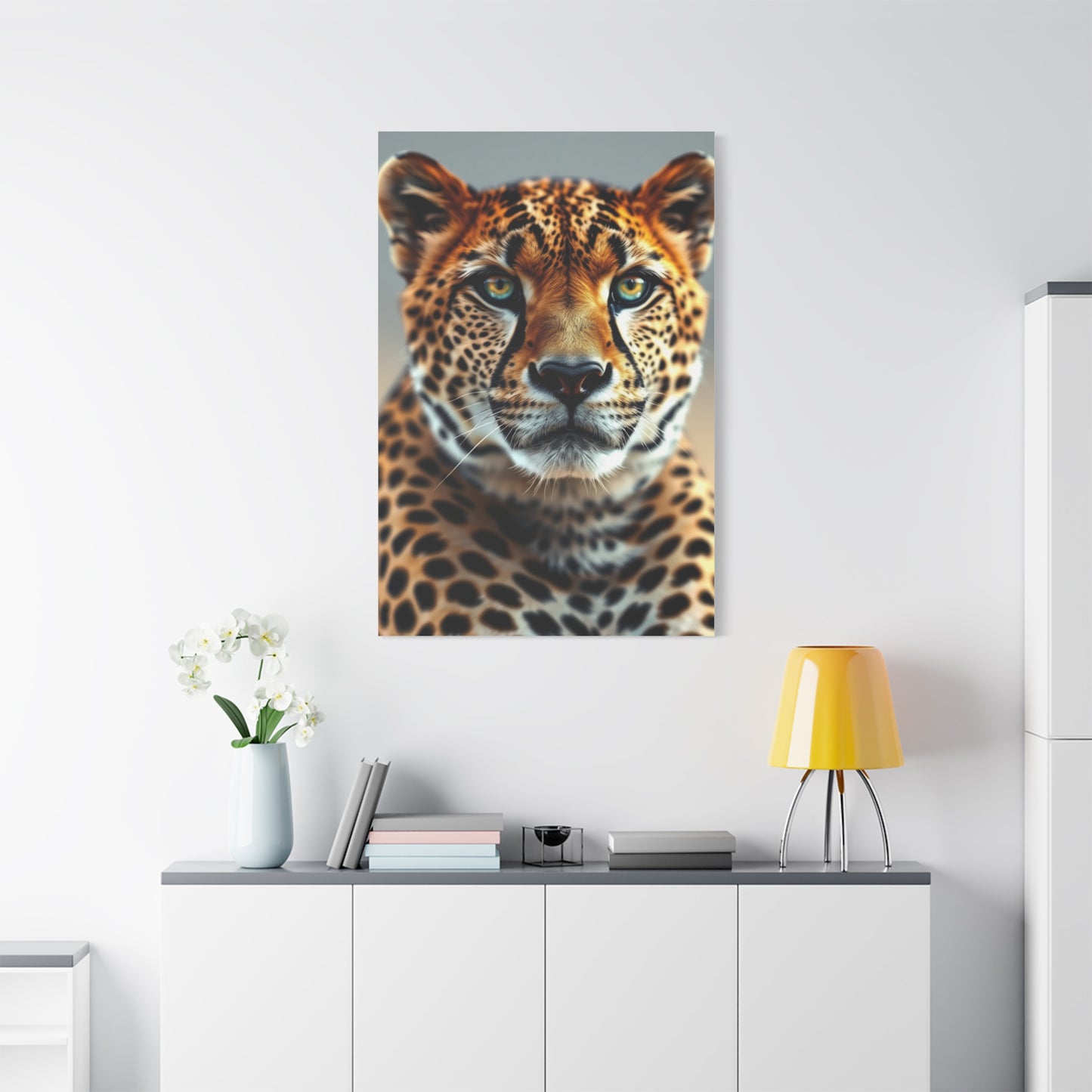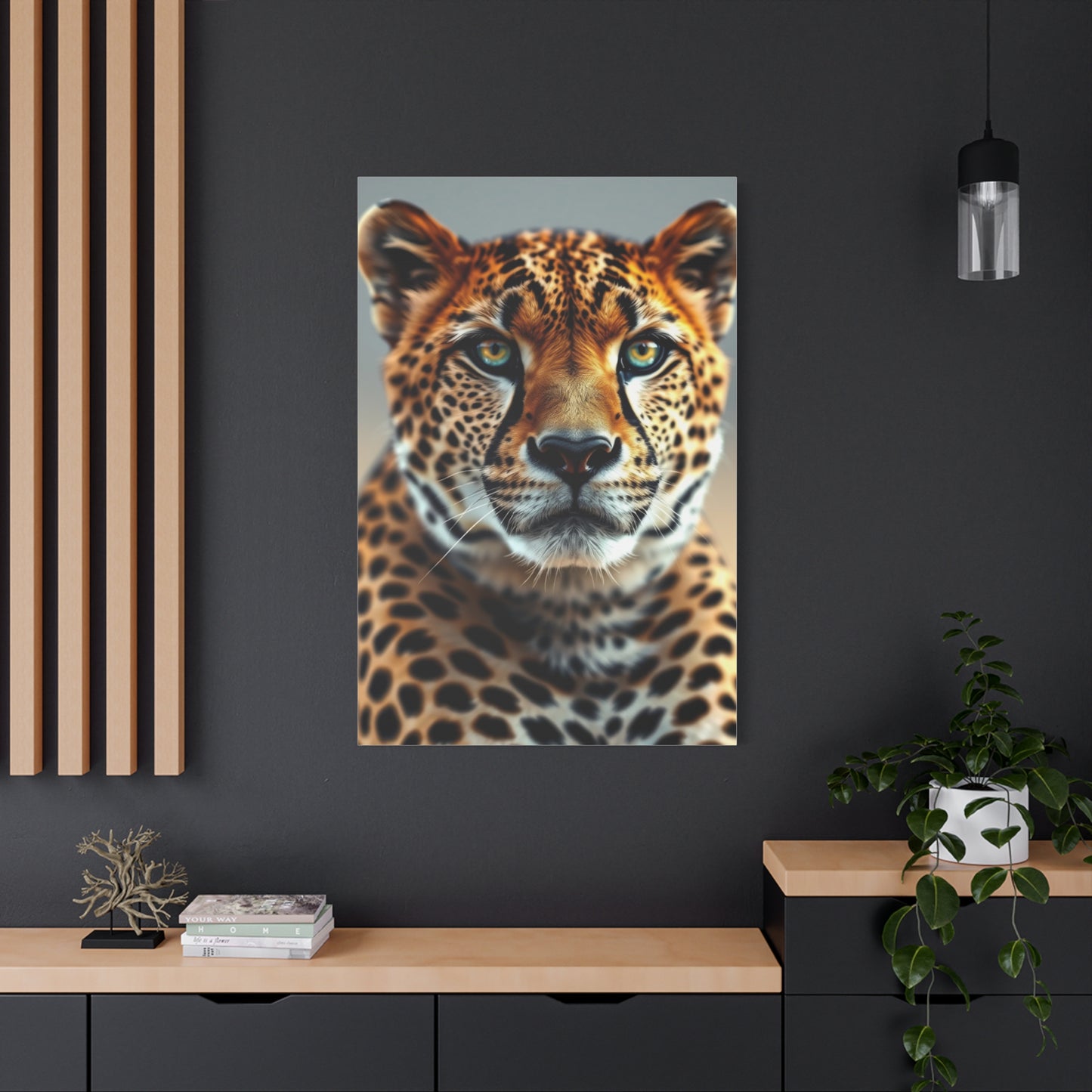Regal Velocity Canvas Wall Art: Elevating Your Interior Design with Sophisticated Automotive Masterpieces
The intersection of automotive passion and contemporary interior design has given rise to a captivating trend that transforms living spaces into galleries of motion and elegance. Canvas wall art featuring high-performance vehicles combines the thrill of speed with artistic expression, creating focal points that resonate with enthusiasts and design-conscious individuals alike. These carefully crafted pieces capture the essence of automotive engineering while serving as sophisticated decorative elements that enhance any room's atmosphere.
Modern homeowners and decorators increasingly seek unique ways to express personality through their spaces, moving beyond traditional landscape paintings and abstract prints. Automotive-themed canvas art fulfills this desire by offering dynamic imagery that speaks to achievement, innovation, and the human fascination with mechanical perfection. The sleek lines of luxury vehicles, frozen in time on high-quality canvas, provide visual interest that sparks conversation and admiration.
Creating an environment that reflects personal interests while maintaining aesthetic harmony requires careful consideration of artistic choices. Canvas wall art depicting elegant automobiles offers versatility that complements various design schemes, from minimalist modern apartments to industrial lofts and classic home offices. The visual impact of these pieces extends beyond mere decoration, evoking emotions connected to freedom, aspiration, and the romance of the open road.
Capturing Motion Through Static Imagery
The art of translating vehicular movement onto canvas represents a unique challenge that skilled photographers and digital artists have mastered. These creations freeze milliseconds of kinetic energy, preserving the tension between power and control that defines high-performance automobiles. Through strategic composition, lighting techniques, and post-processing expertise, artists transform mechanical subjects into captivating visual narratives.
Successful automotive canvas art balances technical accuracy with artistic interpretation. The interplay of light across metallic surfaces, the aggressive stance of performance-tuned suspension, and the subtle details of aerodynamic design all contribute to compelling imagery. Artists who specialize in this genre understand how to emphasize these elements while maintaining the overall composition's visual flow.
Perspective plays a crucial role in creating dynamic automotive imagery. Low-angle shots convey power and dominance, making vehicles appear more imposing and dramatic. Three-quarter views showcase both the frontal character and the sweeping side profile, offering viewers a comprehensive appreciation of design philosophy. Motion blur techniques suggest speed even in still images, adding kinetic energy that makes static displays feel alive with potential movement.
Color grading and tonal adjustments significantly impact the emotional resonance of automotive canvas art. Warm tones create inviting, nostalgic atmospheres suitable for classic car imagery, while cool, desaturated palettes emphasize modern sophistication and technological advancement. High-contrast black and white treatments strip away chromatic distractions, focusing attention on form, shadow, and the sculptural qualities of automotive design.
Environmental context within automotive canvas art provides narrative depth beyond the vehicle itself. Urban settings with dramatic architecture create juxtapositions between human-made structures and mobile machines. Natural landscapes offer contrasts that highlight the vehicle as an instrument of exploration and adventure. Studio settings with controlled lighting allow for pure celebration of design without contextual distractions, presenting automobiles as art objects in their own right.
The technical execution of canvas printing directly affects the final artwork's impact. High-resolution source images ensure that fine details remain sharp and clear, even in large format installations. Color calibration maintains accuracy between digital files and physical prints, preserving the artist's intended mood and atmosphere. Premium canvas materials with proper texture and weight provide durability while enhancing the perception of quality and value.
Design Integration Strategies for Modern Spaces
Incorporating automotive canvas art into residential and commercial environments requires thoughtful planning that considers scale, placement, and surrounding design elements. The goal is creating cohesive visual experiences where artwork enhances rather than overwhelms the space. Successful integration balances personal expression with design principles that ensure long-term satisfaction.
Scale selection represents the first critical decision when choosing automotive canvas art. Large-scale pieces command attention and work best as focal points in spacious rooms with high ceilings. These dramatic installations create immediate impact, drawing the eye and anchoring the surrounding design scheme. Medium-sized canvases offer versatility, functioning effectively in various contexts from bedroom walls to office spaces. Smaller pieces work well in arrangements, allowing for curated collections that tell broader stories or showcase multiple vehicles.
Placement height affects both visual impact and viewer comfort. The general rule positions artwork so its center aligns with eye level, approximately fifty-eight to sixty inches from the floor. However, seating arrangements and room function may justify adjustments. In dining rooms where people primarily sit, slightly lower placement ensures comfortable viewing. In hallways and entryways where people stand, standard height works best.
Lighting considerations dramatically affect how automotive canvas art presents itself throughout the day and evening. Natural light from windows can enhance vibrancy during daytime hours but may cause fading over extended periods. Strategic placement perpendicular to windows minimizes direct sunlight exposure while allowing ambient light to illuminate the artwork. Artificial lighting solutions including picture lights, track lighting, or recessed spotlights provide consistent illumination that highlights details and creates dramatic shadows.
Color coordination between canvas art and surrounding decor establishes visual harmony. Monochromatic automotive imagery with predominantly black, white, and gray tones integrates seamlessly into nearly any color scheme, offering maximum flexibility. Vibrant vehicle colors can either complement existing palette choices or serve as intentional accent pieces that inject energy into neutral spaces. Extracting secondary colors from the artwork to inform pillow selections, throw blankets, or decorative accessories creates sophisticated connections throughout the room.
Furniture arrangement and artwork placement should work in concert to optimize traffic flow and viewing angles. Positioning canvas art on walls opposite main seating areas ensures comfortable viewing without neck strain. In open-concept spaces, artwork can help define zones and create visual boundaries between functional areas. Above furniture placements, such as over sofas or consoles, require careful spacing—typically six to twelve inches of clearance prevents the artwork from feeling disconnected from the furniture below.
Material and finish choices surrounding the artwork contribute to overall aesthetic cohesion. Gallery-wrapped canvases with painted edges offer contemporary, frameless presentations that emphasize modern sensibilities. Traditional frames in wood or metal finishes can add formality and protection while allowing the artwork to bridge between contemporary subjects and classic interior styles. Floating frames create dimensional interest by suspending the canvas within a frame structure, adding depth and sophistication.
Psychological Impact of Automotive Imagery in Living Spaces
The presence of carefully selected visual elements within our daily environments influences mood, motivation, and mental state more profoundly than many realize. Automotive canvas art carries specific psychological associations that can positively impact the inhabitants of decorated spaces. Understanding these effects allows for more intentional design choices that support wellbeing and personal goals.
Achievement symbolism strongly associates with high-performance and luxury vehicle imagery. These machines represent pinnacles of engineering accomplishment, financial success, and personal aspiration. Displaying such imagery in home offices or personal spaces can serve as daily motivation, reminding individuals of goals and reinforcing commitment to excellence. The subconscious connection between these symbols and success can positively influence mindset and determination.
Freedom and adventure associations linked with automotive imagery tap into fundamental human desires for exploration and independence. Vehicles represent escape from routine, the possibility of spontaneous journeys, and mastery over distance and terrain. These themes resonate particularly strongly in urban environments where daily life may feel constrained. Automotive canvas art brings reminders of open roads and unlimited horizons into spaces where inhabitants might otherwise feel confined by routine.
Aesthetic appreciation for design excellence satisfies intellectual and emotional needs related to beauty and craftsmanship. The curves, proportions, and details of well-designed automobiles represent thousands of hours of artistic refinement and engineering problem-solving. Displaying this craftsmanship allows daily appreciation of human creativity at its finest. This regular exposure to thoughtfully designed objects can elevate overall environmental quality and increase satisfaction with personal spaces.
Nostalgia plays a powerful role when automotive canvas art features classic or vintage vehicles. These images can transport viewers to different eras, evoking memories of youth, family experiences, or cultural moments. For those who grew up during specific automotive golden ages, seeing familiar models can provide comfort and connection to personal history. This emotional resonance adds layers of meaning that transcend pure aesthetics.
Social signaling through displayed artwork communicates values, interests, and identity to visitors. Automotive canvas art clearly indicates passion for vehicles, appreciation for engineering, or affinity with particular lifestyle values. This visual communication helps guests understand their hosts better and provides natural conversation starters. In professional environments, such displays can humanize spaces while suggesting qualities like precision, performance orientation, and attention to detail.
Energy and dynamism inherent in automotive imagery can influence the perceived atmosphere of spaces. Unlike static landscapes or contemplative abstracts, vehicles suggest movement, power, and vitality. This visual energy can make spaces feel more alive and engaging, particularly beneficial in areas dedicated to active pursuits like home gyms, workshops, or creative studios. The psychological activation from dynamic imagery can subtly encourage productivity and engagement.
Material Quality and Printing Technology Considerations
The technical aspects of canvas production significantly impact both the initial appearance and long-term durability of automotive wall art. Understanding the distinctions between various materials, printing methods, and finishing processes enables informed purchasing decisions that ensure satisfaction and value retention over time.
Canvas substrate selection forms the foundation of quality artwork. Premium cotton canvas offers superior color retention, texture consistency, and archival properties compared to synthetic alternatives. The thread count and weave tightness affect both the surface appearance and structural integrity. Higher thread counts provide smoother surfaces that better capture fine details, while more open weaves create visible texture that adds traditional artistic character.
Polyester and cotton-polyester blend canvases present alternative options with specific advantages. Pure polyester resists moisture better than cotton, making it suitable for environments with humidity concerns like bathrooms or coastal properties. Blended materials attempt to balance cotton's aesthetic qualities with polyester's practical benefits. However, serious collectors and those prioritizing archival longevity typically prefer pure cotton for its proven stability and color retention over decades.
Printing technology directly determines image quality, color accuracy, and expected lifespan. Giclée printing represents the gold standard for fine art reproduction, utilizing specialized inkjet printers with extended color gamuts and microscopic droplet sizes. These systems apply archival pigment-based inks that resist fading from light exposure and environmental factors. The resulting prints exhibit smooth tonal gradations, accurate color representation, and exceptional detail preservation.
Pigment-based inks differ fundamentally from dye-based alternatives in their chemical composition and longevity characteristics. Pigment inks consist of microscopic solid particles suspended in liquid carriers. These particles sit on the canvas surface rather than being absorbed, creating more vibrant colors with better light-fastness. Archival pigment inks from reputable manufacturers offer lifespans exceeding one hundred years under proper display conditions, while dye-based inks may show noticeable fading within a decade.
Color calibration and profile management ensure that printed canvases accurately represent the artist's digital vision. Professional production facilities maintain calibrated equipment and use standardized color profiles that translate digital RGB values into physical CMYK ink applications. This technical precision prevents common issues like color shifts, unexpected tonal changes, or loss of shadow detail that plague poorly managed printing operations.
Coating applications after printing provide additional protection and visual enhancement. Water-resistant or UV-protective coatings shield the printed surface from environmental hazards including moisture, dust, and ultraviolet radiation. These treatments extend artwork lifespan significantly, particularly in high-traffic areas or locations with abundant natural light. Gloss, satin, and matte coating options affect surface reflection and visual character, allowing customization based on personal preference and lighting conditions.
Stretching and gallery wrapping techniques impact both appearance and structural longevity. Proper stretching applies consistent tension across the entire canvas surface, preventing sagging or warping over time. Gallery wrap construction extends the image around the wooden stretcher bars, creating finished edges that eliminate the need for framing. The depth of these stretcher bars, typically ranging from three-quarters of an inch to two inches, affects the dimensional presence and contemporary aesthetic of the final piece.
Color Psychology in Automotive Canvas Art Selection
The chromatic characteristics of automotive canvas art significantly influence the emotional atmosphere and design cohesion within decorated spaces. Different color palettes evoke distinct psychological responses and coordinate variably with existing interior design schemes. Strategic color selection ensures that artwork enhances the intended mood and aesthetic direction of each environment.
Monochromatic schemes featuring black, white, and gray tones project sophistication, timelessness, and modern elegance. These neutral palettes integrate effortlessly into diverse design contexts, from minimalist Scandinavian interiors to industrial lofts and traditional spaces. Black and white automotive imagery emphasizes form, shadow, and sculptural qualities without chromatic distractions. The high contrast draws attention to design lines, lighting effects, and compositional elements. This versatility makes monochromatic pieces safe choices for those uncertain about long-term color commitments or anticipating future design changes.
Warm color palettes dominated by reds, oranges, and yellows generate energy, passion, and excitement. Red vehicles in particular carry strong associations with performance, power, and Italian exotic car heritage. These warm tones create inviting, stimulating environments that feel alive and dynamic. However, their intensity requires careful balance with surrounding design elements. Warm automotive imagery works especially well in entertainment spaces, home theaters, game rooms, and areas dedicated to active pursuits where energetic atmospheres enhance the intended function.
Cool color schemes featuring blues, greens, and purples evoke calmness, sophistication, and technological advancement. Blue automotive imagery particularly suggests precision, reliability, and modern innovation. These cooler tones create serene, contemplative atmospheres suitable for bedrooms, studies, and professional environments where focus and concentration matter. The psychological calming effects of cool colors can help balance more energetic design elements elsewhere in a space, contributing to overall environmental harmony.
Metallic and chrome finishes visible in automotive canvas art add luxurious, high-tech character to spaces. Silver, gold, and bronze vehicle tones reflect light dynamically, creating visual interest that changes with viewing angle and illumination conditions. These metallic elements suggest value, quality, and refinement. Artwork emphasizing chrome details and polished surfaces works particularly well in contemporary and modern industrial design schemes where material contrasts and reflective surfaces feature prominently.
Vintage color treatments that replicate aged photographic processes or period-appropriate hues create nostalgic, historically-grounded atmospheres. Sepia tones, faded colors, and grain textures transport viewers to earlier automotive eras. These treatments work beautifully in spaces with traditional design elements, vintage furnishings, or rustic characteristics. The softened, aged appearance feels less aggressive than contemporary high-contrast imagery, making it suitable for more intimate, relaxed environments.
Selective color techniques that isolate vehicle subjects in full color against desaturated backgrounds create dramatic focal points with strong visual hierarchy. This approach combines the versatility of monochromatic imagery with the emotional impact of strategic color placement. The technique directs attention precisely while allowing the artwork to coordinate with various room colors. Selective color works especially effectively when the featured vehicle color complements existing accent colors within the space.
Complementary color relationships between artwork and surrounding decor create visual harmony through balanced opposition. When canvas art features vehicles in specific colors, incorporating complementary tones in furnishings, accents, or adjacent walls creates sophisticated color dialogues. Blue automotive imagery pairs beautifully with orange or warm wood tones. Red vehicles complement green plants or cool gray walls. Understanding these relationships enables cohesive design schemes where all elements work together rather than competing for attention.
Room-Specific Application Recommendations
Different functional spaces within homes and offices present unique opportunities and challenges for automotive canvas art integration. Tailoring selections to match room purposes, traffic patterns, and existing design elements maximizes both aesthetic impact and practical satisfaction.
Living room installations position automotive canvas art in the most social, visible areas of homes. These high-traffic, multi-functional spaces benefit from statement pieces that reflect personality while accommodating diverse activities. Large-scale canvas art above sofas creates traditional focal points that anchor seating arrangements. Alternatively, positioning artwork on walls opposite main seating allows comfortable viewing during relaxation and conversation. Living rooms typically accommodate more dramatic, colorful, or unconventional automotive imagery since multiple viewers with varying tastes experience these spaces. The goal is creating conversation pieces that enhance social interactions while demonstrating personal passion.
Home office environments benefit from automotive canvas art that inspires productivity, focus, and professional ambition. Positioning artwork within the field of view from primary work positions provides visual interest during mental breaks without causing distraction during concentrated work. Motivational imagery featuring high-performance vehicles can reinforce goal-oriented mindsets and remind professionals of aspirational targets. More subdued, sophisticated automotive art maintains professional atmospheres suitable for video conferences and virtual meetings where backgrounds communicate competence and taste.
Bedroom applications require more careful consideration since these intimate spaces prioritize relaxation, comfort, and personal preference over social impression. Automotive canvas art in bedrooms should reflect genuine personal passion rather than performative display. Calmer compositions, cooler color palettes, or nostalgic vintage imagery typically suits bedroom environments better than aggressive, high-energy pieces. Positioning artwork opposite the bed allows appreciation upon waking and before sleep without disrupting restful atmospheres. Alternatively, placing pieces on walls adjacent to beds keeps them visible without dominating the visual field from restful positions.
Garage and workshop spaces offer ideal contexts for more extensive automotive art collections and bolder stylistic choices. These functional areas naturally align with automotive themes, allowing uninhibited expression of enthusiasm. Durability considerations become more important in these environments where temperature fluctuations, humidity, dust, and physical activity may challenge artwork longevity. Canvas pieces should feature protective coatings and sturdy construction suited to harsher conditions. Multiple smaller pieces creating gallery walls work well in garages, transforming utilitarian spaces into personalized automotive sanctuaries.
Man cave and entertainment room installations benefit from automotive canvas art that reinforces recreational, masculine, or enthusiast-oriented atmospheres. These dedicated leisure spaces allow for more niche, specific automotive subjects that might feel too specialized for main living areas. Racing imagery, technical cutaway illustrations, or collections representing favorite manufacturers create immersive themed environments. Coordinating automotive canvas art with other hobby-related decorations, memorabilia, and furnishings builds cohesive spaces that fully embrace specific interests.
Commercial and professional environments including offices, dealerships, and automotive businesses leverage canvas art strategically to reinforce brand identity and create memorable customer experiences. Reception areas benefit from impressive, large-scale installations that make strong first impressions and communicate company values. Conference rooms can feature automotive art that inspires innovation and performance-oriented thinking. Showrooms and retail spaces use canvas art to enhance product presentations and create aspirational environments that encourage purchasing decisions.
Hallway and corridor spaces transform from mere transitional pathways into curated gallery experiences with well-planned automotive canvas art installations. These often-neglected areas offer opportunities for serial storytelling through multiple related pieces arranged in progression. Narrower spaces benefit from vertical-oriented compositions or series of smaller square or vertical pieces that respect the architecture while maintaining visual interest. Proper spacing between pieces, typically two to six inches depending on overall arrangement scale, prevents visual crowding while maintaining relationship continuity.
Arrangement Patterns and Gallery Wall Concepts
Creating visually compelling multiple-piece displays requires understanding fundamental composition principles and strategic planning. Various arrangement approaches offer different aesthetic effects and accommodate diverse collections and spatial constraints.
Symmetrical grid arrangements bring order, balance, and contemporary sophistication to automotive canvas art displays. This approach works best with identically sized pieces, creating clean, predictable patterns that feel intentionally curated. Grid layouts suit modern, minimalist, and contemporary design schemes where precision and organization matter. Three-by-three grids of smaller canvases create impressive impacts without requiring individual large-format pieces. The uniformity allows diverse automotive subjects to coexist harmoniously, united by consistent sizing and spacing rather than thematic similarity.
Asymmetrical salon-style arrangements embrace organic, collected-over-time aesthetics that feel personal and eclectic. This approach mixes various sizes, orientations, and frame styles to create dynamic, visually rich compositions. Successful salon walls maintain balance through strategic placement despite apparent randomness. Larger anchor pieces typically occupy central or lower positions with smaller works clustered around them. This style suits traditional, bohemian, or maximalist interiors where abundance and personality trump minimalist restraint. The flexibility accommodates growing collections and evolving tastes without requiring complete redesigns.
Horizontal linear arrangements create flowing, panoramic effects ideal for long wall expanses above furniture or in hallways. Three to five pieces arranged in a single row direct eye movement laterally, emphasizing width and creating calm, organized impressions. This approach works beautifully when automotive subjects suggest sequential motion or tell progressive stories. Consistent spacing between pieces, typically two to four inches, maintains visual connection while allowing each canvas individual presence. Aligning either top edges, bottom edges, or center lines ensures cohesion despite potential size variations.
Vertical stacked arrangements draw eyes upward, emphasizing ceiling height and creating dramatic vertical focal points. Two to four pieces arranged in a single column work well on narrow wall sections or beside architectural features like doorways and windows. This orientation suits tall, narrow automotive subjects including standing portraits of vehicles, vertical city scenes, or detail-focused compositions. Vertical arrangements feel more formal and structured than horizontal counterparts, suitable for sophisticated, gallery-inspired interiors.
Triangular and diagonal compositions create dynamic, unconventional presentations that inject energy and movement into static wall spaces. Arranging three pieces with one elevated and two below at staggered heights forms triangular configurations that feel active and contemporary. Diagonal stairstep patterns following staircase wall angles create natural, harmonious relationships with architectural elements. These approaches work well with odd numbers of pieces and benefit from careful planning to maintain balance without perfect symmetry.
Corner arrangements utilize often-overlooked architectural features by wrapping artwork across two perpendicular walls. This technique creates immersive, enveloping effects that transform corners into destination focal points. Successfully executed corner displays require careful scale consideration and thematic coordination between pieces visible from multiple viewing angles. The approach works particularly well in open-concept spaces where corners lack furniture or architectural definition.
Themed collection displays group automotive canvas art by manufacturer, era, color, or vehicle type to create curated, focused presentations. Collections of vintage American muscle cars, European exotic sports cars, or classic motorcycles tell specific stories that appeal to enthusiast sensibilities. Thematic consistency allows diverse pieces to work together coherently, even when composition styles, sizes, and orientations vary. This approach transforms wall displays into visual narratives that communicate depth of knowledge and passionate interest.
Creating physical or digital templates before committing to wall installations prevents costly mistakes and enables experimentation with arrangements. Paper templates cut to exact canvas dimensions can be temporarily taped to walls, allowing position testing and spacing refinement. Digital applications and online tools simulate arrangements virtually, offering efficient planning without physical effort. Most professional installers recommend finalizing complete arrangements on floors before transferring to walls, ensuring satisfaction with relationships before creating holes.
Automotive Art Styles and Visual Approaches
The artistic treatment of automotive subjects varies dramatically, offering diverse aesthetic experiences that appeal to different sensibilities and coordinate with various interior design philosophies. Understanding these stylistic distinctions enables more informed selection aligned with personal preferences and environmental contexts.
Photorealistic representations capture automotive subjects with extreme fidelity, emphasizing technical accuracy and lifelike detail. These images often originate from high-resolution professional photography, preserving every reflection, texture, and nuance of actual vehicles. Photorealistic canvas art appeals to purists who appreciate authentic representation and want to celebrate specific models exactly as they appear. The style works beautifully in modern, contemporary, and minimalist settings where clean, honest presentation aligns with overall design philosophy.
Artistic photo manipulation transforms photographic source material through digital techniques that enhance mood, atmosphere, and emotional impact. These treatments may include dramatic color grading, selective focus, composite backgrounds, or atmospheric effects like rain, motion blur, or light streaks. The approach balances photographic foundation with creative interpretation, offering more dynamic, emotionally charged imagery than straight photography. Manipulated automotive art suits those who appreciate recognizable subjects presented with artistic flair and dramatic enhancement.
Illustration and digital painting styles render automotive subjects through artistic interpretation rather than photographic capture. Skilled digital artists create these works entirely through illustration software, allowing perfect control over composition, lighting, and detail emphasis. The results can range from realistic painted effects to stylized, graphic representations. Illustrated automotive art offers unique character distinct from photography-based imagery, appealing to those who appreciate hand-crafted artistic qualities even in digital formats.
Minimalist line art and silhouette treatments reduce automotive subjects to essential forms and outlines, eliminating photographic detail in favor of elegant simplification. These spare, graphic interpretations emphasize iconic shapes and distinctive profiles that remain recognizable despite radical reduction. Minimalist automotive art integrates seamlessly into modern, Scandinavian, and contemporary minimalist interiors where restraint and negative space matter. The approach also offers practical advantages, coordinating effortlessly with diverse color schemes and design elements.
Blueprint and technical illustration styles present automotive subjects through engineering drawings, cutaway views, and schematic representations. These images celebrate the technical complexity and innovative engineering underlying beautiful exteriors. Blueprint-style canvas art appeals strongly to mechanically-minded enthusiasts who appreciate the intersection of art and engineering. The style works particularly well in industrial, modern masculine, and technically-oriented spaces where function and form receive equal emphasis.
Abstract and impressionistic interpretations use automotive subjects as departure points for expressive, non-literal artistic exploration. These works may fragment vehicles into geometric shapes, dissolve them into brushwork and color fields, or combine recognizable elements with abstract passages. Abstract automotive art offers conversation-starting uniqueness that stands apart from conventional representations. The approach suits bold, contemporary, and artistic interiors where unexpected interpretations create interest and provoke thought.
Vintage and retro-styled imagery employs period-appropriate photographic treatments, color palettes, and graphic design elements to evoke specific eras. Treatments mimicking aged photographs, vintage advertising, or historical documentation create nostalgic atmospheres. These styles work beautifully with actual vintage vehicles or modern interpretations, creating cohesive period-specific presentations. Retro automotive art coordinates naturally with mid-century modern, industrial, and vintage-inspired interior design schemes.
Pop art treatments apply bold colors, repeated patterns, and graphic simplification inspired by the pop art movement. These energetic, playful interpretations celebrate automotive subjects through contemporary artistic lenses. Bright, saturated colors and high-contrast compositions create vibrant, attention-grabbing displays. Pop art automotive canvas works well in eclectic, maximalist, and contemporary spaces where bold statements and artistic references create layered, sophisticated environments.
Selecting Subject Matter and Vehicle Types
The specific automotive subjects featured in canvas art significantly affect both aesthetic impact and personal resonance. Different vehicle categories carry distinct associations, visual characteristics, and enthusiast appeal that should align with personal interests and environmental contexts.
Exotic supercars and hypercars represent pinnacles of automotive performance, design, and exclusivity. Brands like Ferrari, Lamborghini, McLaren, and Bugatti produce machines that transcend transportation, functioning as rolling sculptures and engineering showcases. Canvas art featuring these extraordinary vehicles projects aspiration, appreciation for extreme performance, and aesthetic sophistication. The dramatic, aggressive styling of exotic cars creates inherently compelling imagery with strong visual impact. These subjects work particularly well in modern, contemporary, and masculine-oriented spaces where bold statements align with overall design intent.
Classic and vintage automobiles offer timeless appeal that transcends temporary trends and connects viewers with automotive history. Pre-war classics, 1950s chrome-laden beauties, and muscle car era icons each represent distinct periods of design philosophy and cultural significance. Vintage automotive canvas art creates nostalgic, warm atmospheres that feel less aggressive than contemporary supercar imagery. These subjects coordinate beautifully with traditional, rustic, industrial, and mid-century modern interior styles. The historical resonance adds conversational depth, inviting discussions about automotive evolution and personal connections to specific eras.
American muscle cars embody raw power, straight-line performance, and distinctly American automotive culture. Iconic models from Chevrolet, Ford, and Dodge during the golden muscle car era feature aggressive styling and legendary performance capabilities. Canvas art showcasing muscle cars appeals to enthusiasts who appreciate horsepower, quarter-mile times, and American engineering approaches. The bold, masculine character of these vehicles suits garage spaces, man caves, and entertainment areas where performance orientation takes precedence over refined elegance.
European luxury and performance sedans represent sophistication, engineering excellence, and refined taste. Brands like BMW, Mercedes-Benz, Audi, and Porsche produce vehicles that balance performance with comfort, technology, and daily usability. Canvas art featuring these subjects projects success, discernment, and appreciation for holistic automotive excellence rather than single-minded performance focus. These more subdued, elegant subjects work well in professional environments, home offices, and sophisticated living spaces where refined presentation matters.
Japanese performance and tuner culture vehicles carry associations with technological innovation, modification potential, and enthusiast dedication. Legendary models from Nissan, Toyota, and Honda inspired global car culture movements and continue influencing automotive enthusiasm. Canvas art featuring Japanese performance icons appeals to younger demographics and those connected with racing, tuning, and modification communities. The often-vibrant colors, aerodynamic modifications, and cultural significance create energetic, contemporary presentations suitable for modern, urban, and youth-oriented spaces.
Off-road and adventure vehicles including trucks, SUVs, and purpose-built exploration machines evoke themes of capability, adventure, and wilderness exploration. These rugged subjects appeal to outdoor enthusiasts and those who value versatility and readiness over pure performance or luxury. Canvas art featuring off-road vehicles creates adventurous, outdoorsy atmospheres that coordinate with rustic, cabin, and nature-inspired design schemes. Environmental contexts showing vehicles in natural settings reinforce adventure themes and connection with outdoor recreation.
Motorcycles offer distinct visual characteristics compared to four-wheeled subjects, emphasizing mechanical exposure, rider connection, and distilled performance essence. From classic cruisers to modern sportbikes, motorcycles present different compositional opportunities and aesthetic appeals. Motorcycle canvas art tends toward more intimate, personal expressions of passion since these machines require more direct engagement and commitment than cars. The subjects work particularly well in smaller spaces, personal offices, and areas where individual rather than family-oriented themes feel appropriate.
Racing and motorsport imagery captures competitive automotive pursuits from Formula One to endurance racing, rally competition, and historic racing events. These action-oriented subjects emphasize speed, competition, and the ultimate expression of automotive performance. Racing canvas art creates energetic, dynamic atmospheres filled with motion and excitement. The subjects appeal strongly to motorsport enthusiasts and those who appreciate automotive competition. Historical racing imagery adds vintage character while contemporary racing subjects feel modern and cutting-edge.
Frame and Presentation Options
The methods used to present and protect automotive canvas art significantly affect both aesthetic impression and long-term preservation. Various framing and mounting approaches offer different visual effects, practical benefits, and style alignments.
Gallery wrap presentations extend printed images around stretcher bar edges, creating frameless, contemporary displays that emphasize modern sensibilities. This borderless approach allows artwork to float on walls without surrounding frames, creating clean, uninterrupted visual experiences. Gallery wraps work beautifully in minimalist, modern, and contemporary interiors where simplicity and lack of ornamentation align with design principles. The approach also offers practical advantages including easier hanging and reduced visual weight compared to framed alternatives.
Traditional wooden frames provide classical presentation that adds formality, protection, and visual weight to automotive canvas art. Frame styles ranging from ornate classical moldings to simple modern profiles affect overall aesthetic dramatically. Wood tones can warm presentations and connect with other wooden elements in spaces including flooring, furniture, and trim. Frame selection should consider both the artwork's subject and style alongside the surrounding interior design. Traditional frames work particularly well with vintage automotive subjects, in traditional interiors, and when creating gallery wall arrangements with varied frame styles.
Metal frames offer contemporary, industrial aesthetics that complement modern automotive subjects and design schemes. Aluminum, steel, and brushed metal frames create sleek, technical presentations that echo materials found in actual vehicles. Black metal frames provide neutral, professional appearances suitable for diverse contexts. Chrome or polished metal frames add reflective luxury that coordinates with metallic vehicle finishes. Metal framing works especially well in industrial, modern, and minimalist spaces where material honesty and contemporary finishes prevail.
Floating frames create dimensional depth by suspending canvas within frame structures, leaving visible gaps between artwork edges and frame inner borders. This presentation style adds architectural interest and emphasizes the canvas as a three-dimensional object rather than flat wall decoration. Floating frames work beautifully with gallery-wrapped canvases, showcasing painted edges while adding protective perimeters. The dimensional effect creates upscale, gallery-quality presentations that elevate perceived value and sophistication.
Shadow box frames provide deep profiles that accommodate thick gallery-wrapped canvases while creating pronounced dimensional effects. The depth creates actual shadows that change with lighting conditions throughout the day, adding living, dynamic character to static presentations. Shadow boxes work particularly well with textured canvases or when creating substantial visual impact through dimensionality. The dramatic depth suits contemporary, artistic, and design-forward interiors where unexpected details create interest.
Acrylic face mounting protects canvas prints behind clear acrylic sheets, creating glossy, modern presentations with enhanced color vibrancy. The acrylic layer adds depth, protects against environmental damage, and creates glass-like reflective qualities. This mounting style suits contemporary, high-tech, and luxury-oriented spaces where premium presentation quality matters. The approach works particularly well with photographic automotive imagery where color accuracy and detail preservation receive priority.
Split panel and triptych presentations divide single images across multiple separate canvases, creating expanded installations with built-in visual interest. Three-panel triptychs represent the most common configuration, though two-panel diptychs and larger multi-panel arrangements also occur. This presentation style allows for larger overall display sizes while maintaining manageable individual panel dimensions. The separated panels create contemporary, gallery-inspired presentations that feel more dynamic than single large pieces. Split panel approaches work especially well with wide, panoramic automotive compositions.
Borderless edge-to-edge printing maximizes image area by extending content to canvas edges without margins or borders. This approach creates immersive, enveloping visual experiences where subjects appear to extend beyond physical canvas boundaries. Edge-to-edge printing works particularly effectively with environmental automotive scenes where context matters as much as the vehicle itself. The approach feels contemporary and maximizes visual impact within given canvas dimensions.
Conclusion
In conclusion, Regal Velocity Canvas Wall Art represents the perfect fusion of high-octane energy and refined elegance, offering a powerful and sophisticated way to elevate your interior design. These automotive masterpieces go beyond the typical portrayal of speed and power—they embody artistry, craftsmanship, and the pursuit of perfection. For enthusiasts of both art and automobiles, this genre of wall art serves as a dynamic expression of the passion, innovation, and precision that define the automotive world. Whether adorning a modern living room, an industrial-style office, or a luxury private space, Regal Velocity canvas art infuses any environment with a sense of grandeur and excitement.
The allure of automotive-themed art lies not just in the depiction of sleek machines but in the essence of motion and energy that these works convey. A well-executed piece of automotive wall art doesn't just show a car in stillness—it captures the very heart of the vehicle’s performance, its speed, and its grace on the road. The sharp lines, glossy finishes, and dramatic angles depicted in these paintings or prints evoke a sense of velocity and power, transforming an ordinary wall into a scene of movement and momentum. This sense of motion creates an immersive experience for the viewer, as if the artwork itself is alive, racing through the room with the same intensity and elegance as the vehicle it represents.
The sophistication of Regal Velocity canvas art lies in its attention to detail and the way it elevates the aesthetics of automotive imagery. These artworks don’t just focus on the raw power of the machine—they capture the craftsmanship and design elements that make each vehicle unique. From the curves of a vintage classic to the angular precision of a modern supercar, every brushstroke or photographic technique highlights the vehicle’s distinctive beauty. This emphasis on design makes Regal Velocity wall art not only a celebration of speed but also of artistry and innovation. The high level of detail encourages admiration and contemplation, offering a visual experience that goes beyond the typical car poster or photograph. It’s a refined and elevated interpretation of automotive culture.
These masterpieces also bring a sense of luxury and exclusivity into your space. Automobiles, especially those of high performance or vintage status, are often symbols of prestige, success, and wealth. By featuring Regal Velocity canvas art in your home or office, you’re inviting these associations into your space. The combination of sophisticated vehicle designs and the elegance of canvas art creates a statement piece that elevates any room, making it more than just a place for functional living—it becomes a space that reflects your refined taste and appreciation for both art and craftsmanship.
In addition, automotive wall art has the ability to evoke emotion and nostalgia. For many, cars are not just machines; they are symbols of personal history, freedom, and adventure. A piece of Regal Velocity art, whether it depicts a beloved classic or a sleek modern masterpiece, can remind the viewer of their own experiences with driving or their admiration for the automotive world. The art can evoke memories of thrilling drives, dream cars, or even the engineering feats that have shaped the automotive industry over time. For collectors or enthusiasts, this art becomes a personal tribute to the vehicles they’ve admired, driven, or aspired to own.
Another key feature of Regal Velocity canvas wall art is its versatility in design. While these artworks celebrate automotive performance, they do so in ways that complement a variety of interior design styles. Whether your space leans toward the clean lines and minimalism of contemporary design, the rich textures and warm tones of mid-century modern, or the industrial edge of urban lofts, automotive art can seamlessly integrate. Bold, colorful depictions of speed and precision can create an eye-catching focal point in a room, while more subtle, monochromatic pieces with minimalist design elements can add a sophisticated touch without overwhelming the space. Regardless of the style, Regal Velocity canvas art can enhance the atmosphere by introducing a dynamic yet elegant element.
Furthermore, the choice of canvas as a medium plays a significant role in the impact of the art. The texture of canvas, coupled with its ability to absorb rich color, allows for vibrant, deep hues and subtle gradients that are simply not possible with traditional prints. Whether capturing the shine of a polished chrome finish or the soft, ethereal glow of headlights at dusk, the canvas medium brings depth and life to each image. It creates a visual experience that feels both tangible and immersive, inviting the viewer to not just look at the artwork, but to feel it, as though they are part of the scene.
In addition to its aesthetic appeal, Regal Velocity canvas wall art also fosters a sense of aspiration and ambition. Cars are often associated with personal achievement, representing a milestone or dream fulfilled. For many, owning a high-performance vehicle symbolizes success, hard work, and the realization of long-held goals. Displaying automotive artwork that captures the essence of this achievement brings a sense of pride and inspiration into the home or office, encouraging others to pursue their own dreams and goals with the same passion and drive represented in the art.
In essence, Regal Velocity Canvas Wall Art is more than just a decoration—it’s a statement of elegance, power, and innovation. By incorporating these sophisticated automotive masterpieces into your interior design, you’re not just enhancing the visual appeal of your space; you’re creating a narrative that blends the thrill of speed with the refined beauty of artistic craftsmanship. These artworks reflect both the fast-paced energy of the automotive world and the timeless appeal of luxury design, making them the perfect addition to any modern interior.

















